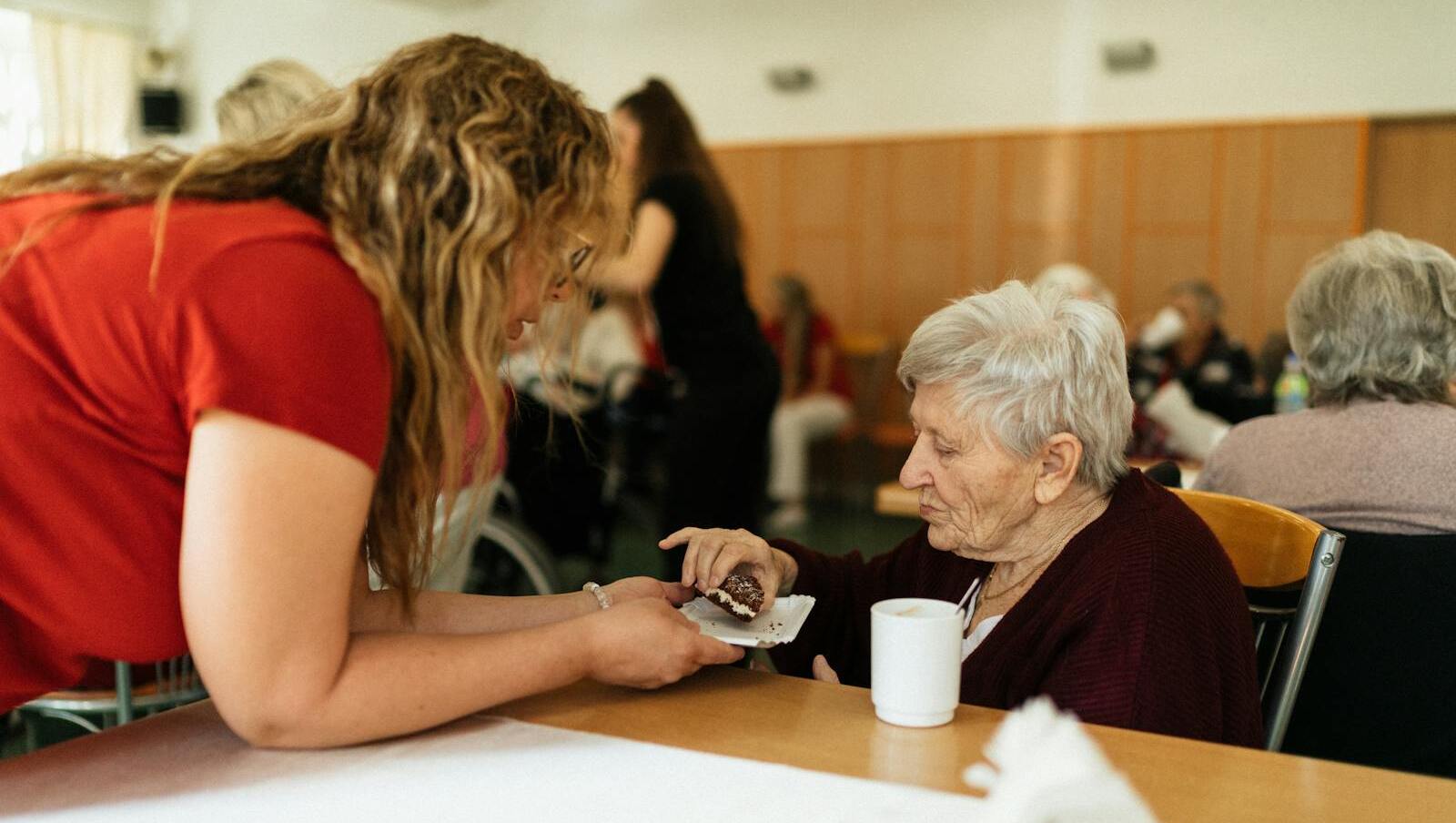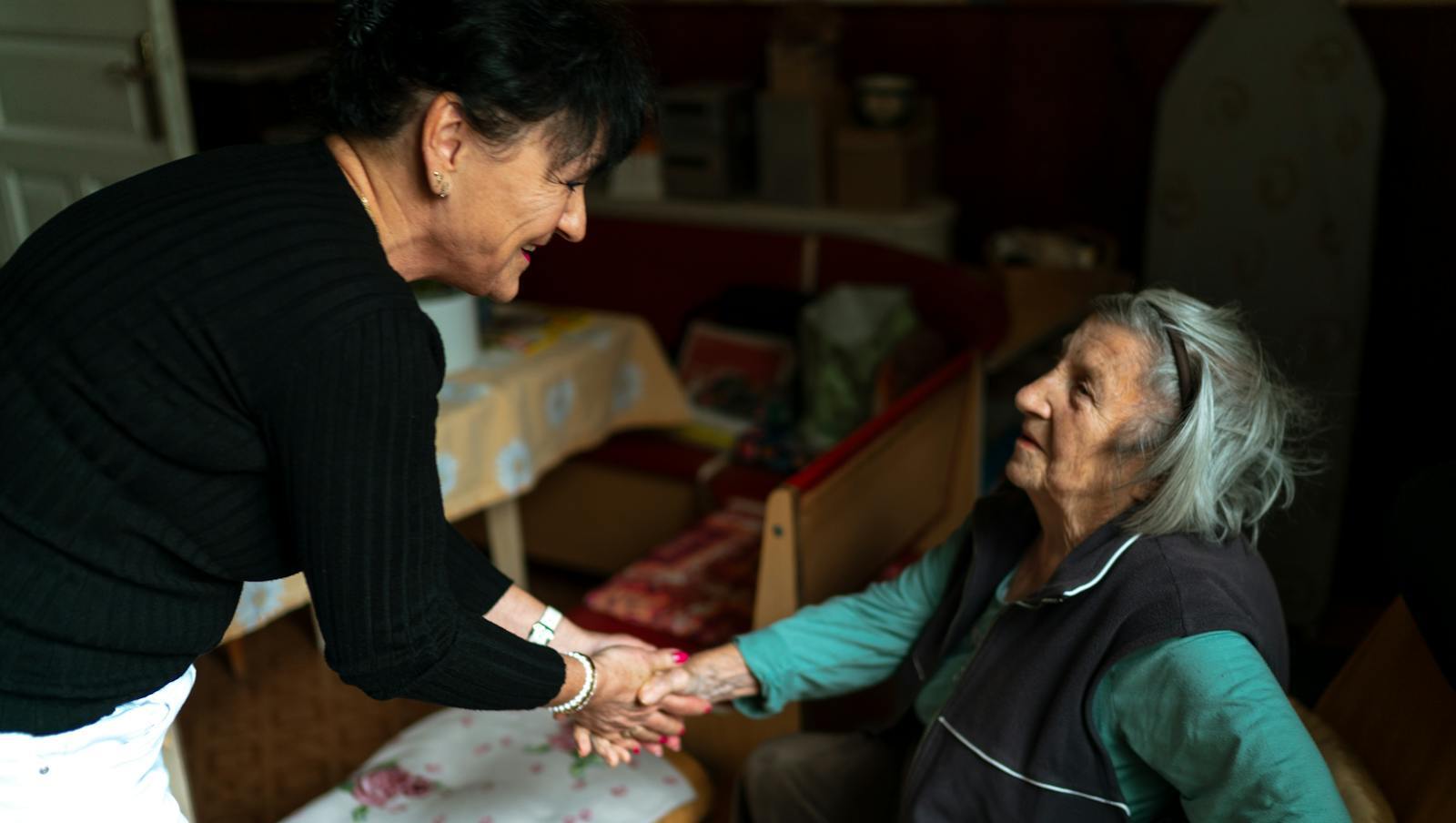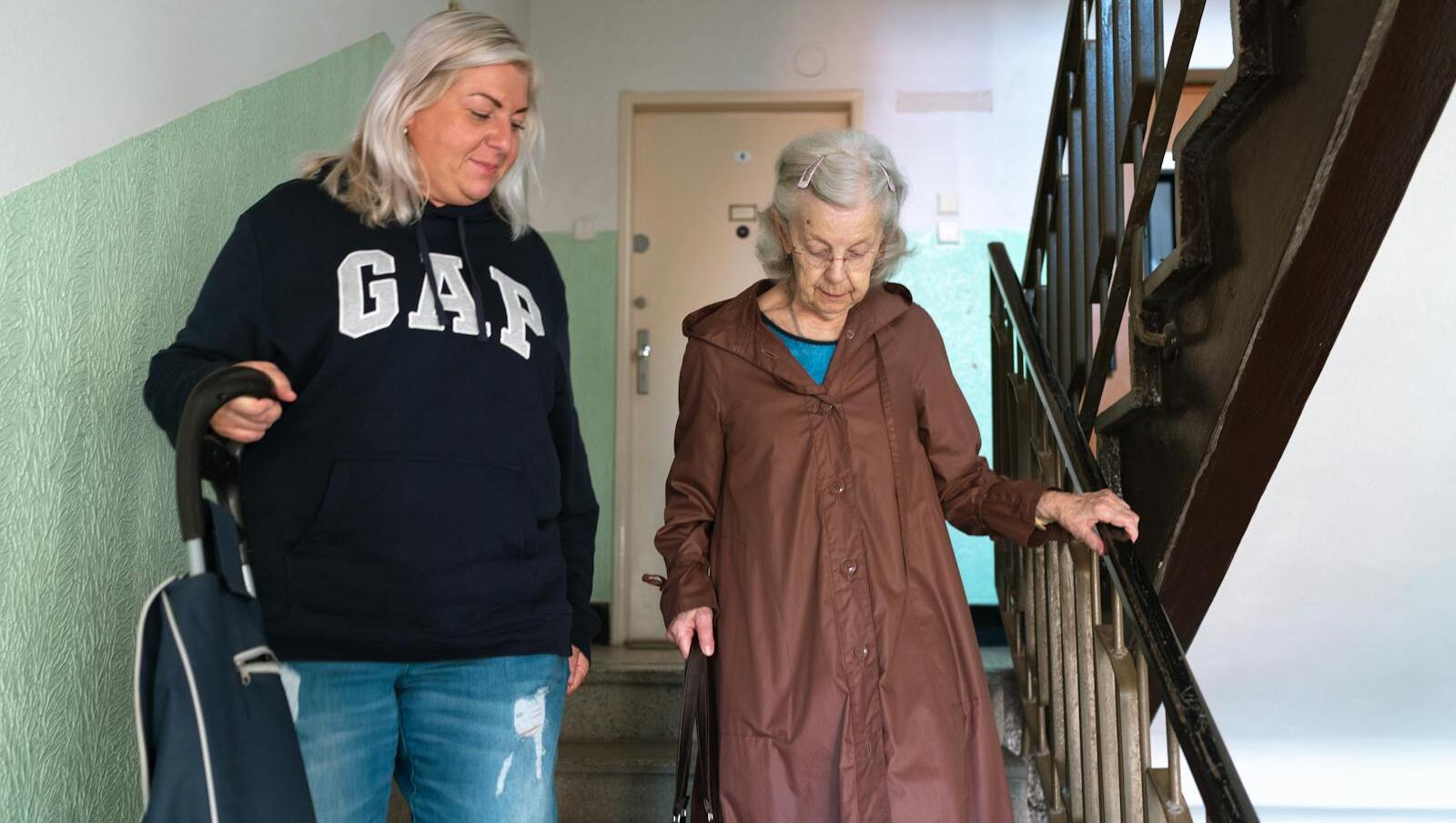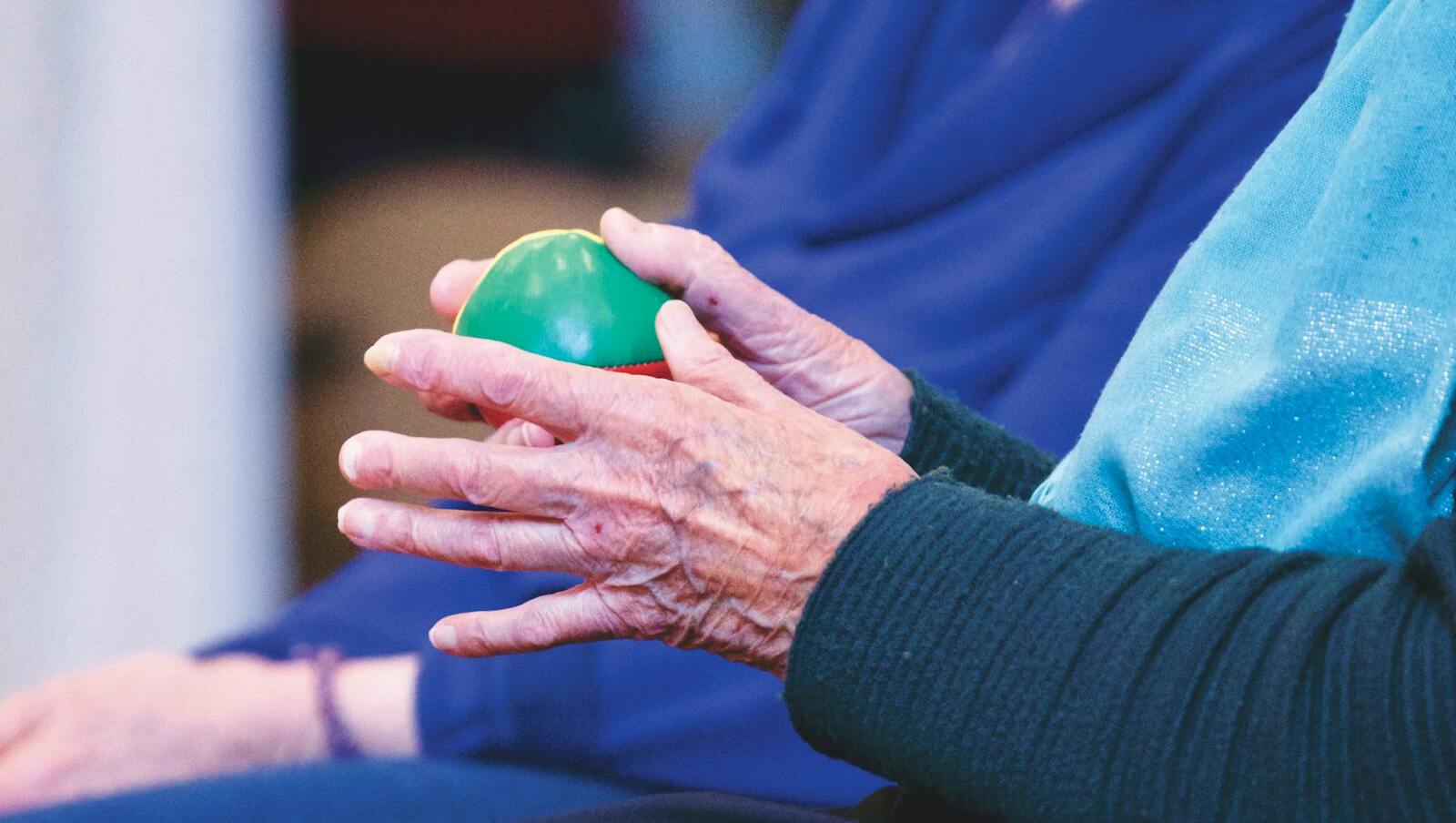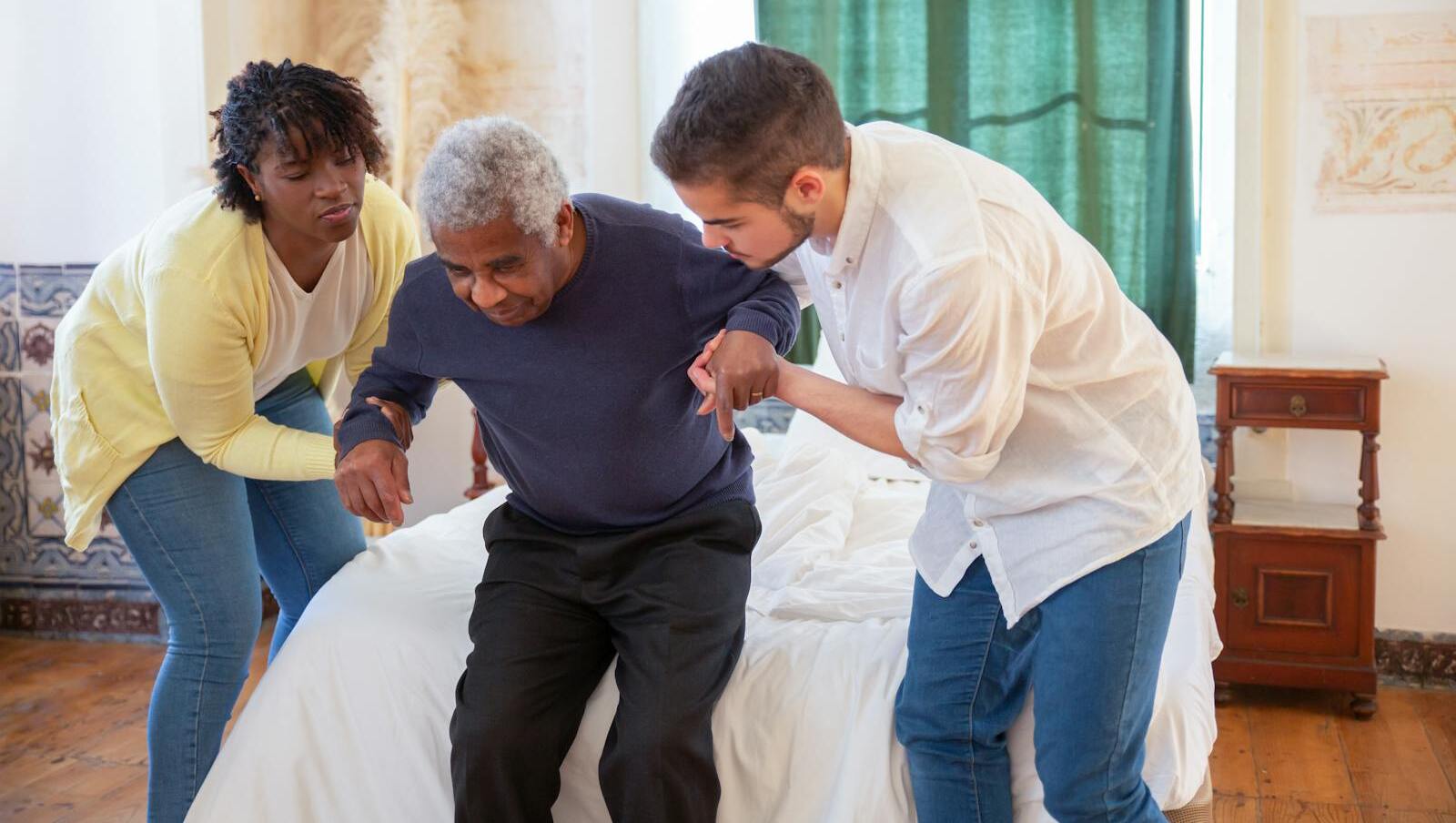How to Properly Document Bed Sores for a Nursing Home Neglect Lawsuit
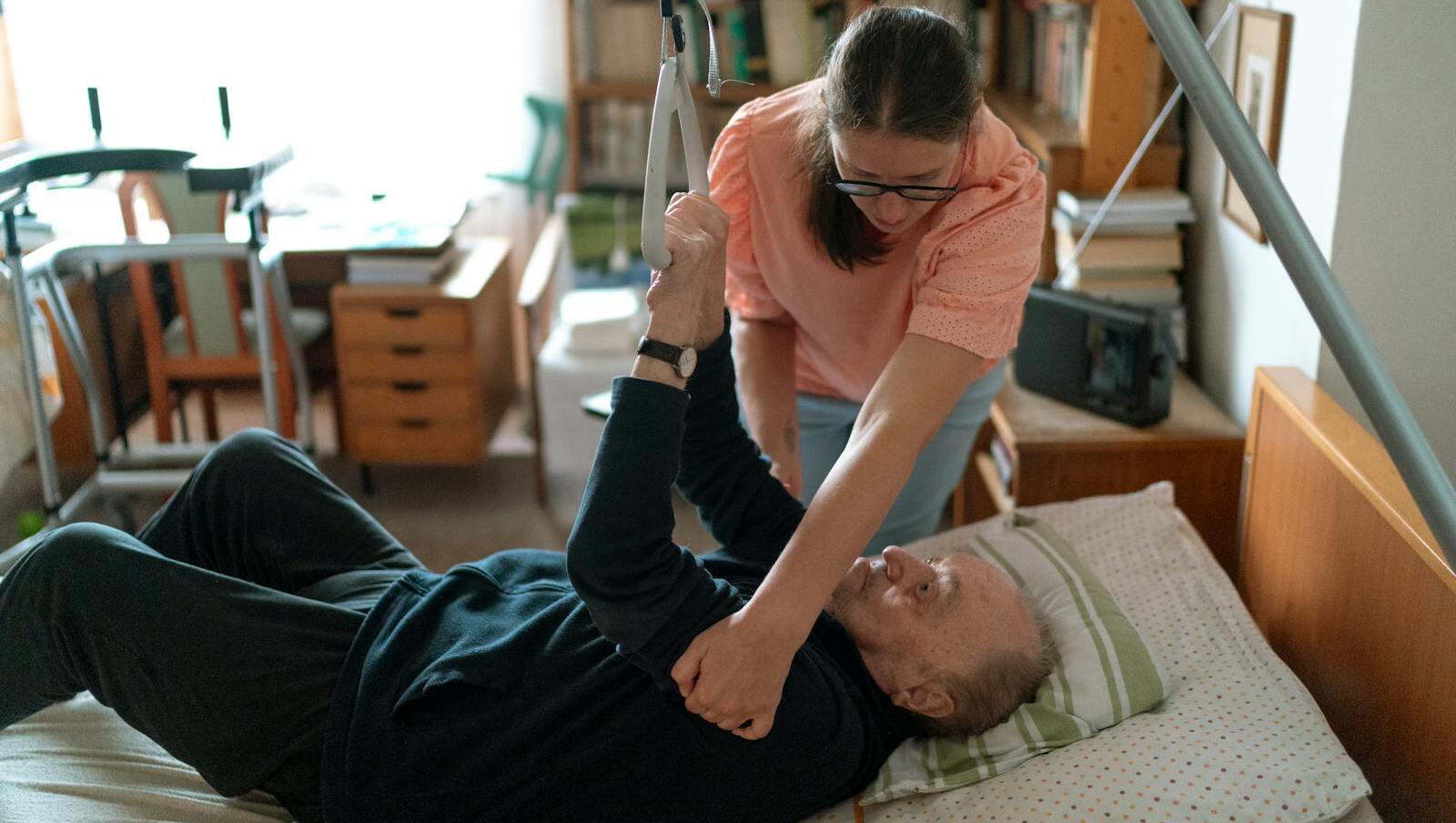
Discovering that your loved one has developed bed sores (also called pressure ulcers or decubitus ulcers) in a nursing home can be devastating. These painful wounds are often a sign of neglect and can lead to serious complications, including life-threatening infections.
As nursing home abuse attorneys, we’ve seen firsthand how proper documentation can make the difference between a successful lawsuit and a dismissed claim.
What Are Bed Sores and Why Do They Matter in Nursing Home Neglect Cases?
Bed sores are injuries to the skin and underlying tissue that develop when prolonged pressure cuts off blood flow. They typically form over bony areas like the tailbone, hips, heels, and ankles. In nursing homes, residents with limited mobility are particularly vulnerable.
Key insight: Bed sores are almost always preventable with proper care. Their presence often indicates neglect, as nursing home staff should be:
- Regularly repositioning immobile residents
- Keeping residents clean and dry
- Providing proper nutrition and hydration
- Using pressure-relieving mattresses and cushions
The Four Stages of Bed Sores
Understanding the severity of bed sores is crucial for documentation purposes:
- Stage 1: Reddened area that doesn’t blanch (turn white) when pressed; skin remains intact
- Stage 2: Partial-thickness skin loss with a shallow open wound, resembling a blister or abrasion
- Stage 3: Full-thickness skin loss exposing fatty tissue; appears as a deep crater
- Stage 4: Severe tissue loss with exposed muscle, bone, or tendons; may include tunneling into surrounding tissue
The more severe the bed sore, the stronger your potential case for nursing home neglect may be.
How to Document Bed Sores Effectively
If you discover bed sores on your loved one, thorough documentation can strengthen a potential nursing home neglect lawsuit. Here’s how to properly document these injuries:
1. Take Clear, Detailed Photographs
Visual evidence is powerful in nursing home neglect cases. When photographing bed sores:
- Include a date stamp on photos if possible
- Take pictures from multiple angles
- Place a ruler or coin near the wound to show scale
- Capture both close-up shots and wider views showing the location on the body
- Continue taking photos throughout the healing process to show progression or deterioration
Legal tip: Before taking photos, ensure your loved one (or their legal representative) consents to the photographs, as privacy rights still apply.
2. Request and Maintain Medical Records
Medical records provide crucial evidence of when bed sores were discovered and how they were treated:
- Request complete medical records from the nursing home
- Obtain hospital records if your loved one required hospitalization
- Pay special attention to:
- Skin assessment documentation
- Wound care notes
- Physician orders
- Nursing notes
- Nutritional assessments
- Care planning documents
Under Tennessee law, patients have a right to access their medical records. If a nursing home refuses to provide them, this could be a red flag.
3. Keep a Detailed Journal of Observations
Document everything you notice during visits:
- Date and time of each visit
- Condition of bed sores (size, color, odor, drainage)
- Your loved one’s complaints of pain or discomfort
- Staff responses to your concerns
- Names of staff members you speak with
- Facility conditions (cleanliness, staffing levels)
- Any statements made by staff about the bed sores
Example journal entry: “March 10, 2025, 2:30 PM: Visited mother at Sunshine Nursing Home. Noticed a quarter-sized red area on her right heel that wasn’t there during my visit two days ago. When pressed, the area didn’t turn white. Informed nurse Jane Smith, who said she would document it but didn’t examine the area while I was present. Mom reported feeling pain in that heel when moved.”
4. Document Staff Interactions and Responses
How the nursing home responds to bed sores can strengthen your case:
- Note which staff members you notified about the bed sores
- Record the date and time of each notification
- Document their specific responses and any actions taken
- Note if promised interventions actually occurred
- Keep copies of any written communications with the facility
5. Preserve Evidence of Care Plans and Interventions
Request copies of:
- Your loved one’s care plan, especially regarding skin care and repositioning
- Documentation of interventions such as repositioning logs
- Records showing whether staff followed the care plan
- Any updates to the care plan after bed sores were discovered
The gap between what should have been done according to the care plan and what was actually done often forms the basis of neglect claims.
Common Mistakes to Avoid When Documenting Bed Sores
Avoid these pitfalls that could weaken your nursing home neglect case:
- Waiting too long to document: Begin documentation immediately upon discovery
- Accepting staff explanations without question: “It just happened overnight” is rarely accurate for serious bed sores
- Failing to report up the chain of command: Ensure supervisors and administrators are aware of the issue
- Not documenting verbal promises: If staff promise certain interventions, record those promises and follow up
- Losing track of timeline: The progression of bed sores and staff responses over time matters in court
When to Contact a Nursing Home Abuse Attorney
If your loved one has developed bed sores in a nursing home, it’s advisable to consult with an experienced nursing home abuse attorney as soon as possible. At The Higgins Firm, we recommend seeking legal guidance:
- As soon as you discover Stage 3 or 4 bed sores
- When bed sores don’t improve despite reported interventions
- If the facility seems dismissive of your concerns
- When your loved one requires hospitalization due to bed sores
- If you suspect other forms of neglect are occurring
Tennessee has a one-year statute of limitations for personal injury claims under Tennessee Code § 28-3-104, so timely action is essential.
How The Higgins Firm Can Help With Your Nursing Home Neglect Case
Our nursing home abuse attorneys can help you:
- Evaluate the strength of your potential case
- Guide you through proper documentation techniques
- Obtain and analyze complete medical records
- Consult with medical experts to establish the standard of care
- Determine liable parties (which may include the facility, management company, or individual caregivers)
- Navigate Tennessee’s legal requirements for nursing home neglect lawsuits
We understand the emotional toll that nursing home neglect takes on families. Our team approaches each case with compassion, determination, and a commitment to securing justice for vulnerable nursing home residents.
Take Action Now to Protect Your Loved One
If you suspect that bed sores are the result of nursing home neglect, don’t wait to take action. Proper documentation started today can make a significant difference in your ability to hold negligent facilities accountable.
Contact our experienced nursing home abuse attorneys for a free, confidential consultation about your case. We serve clients nationwide from our offices in Tennessee.
Remember: You don’t pay unless we win your case.
Call us today or contact us online to discuss your legal options.

